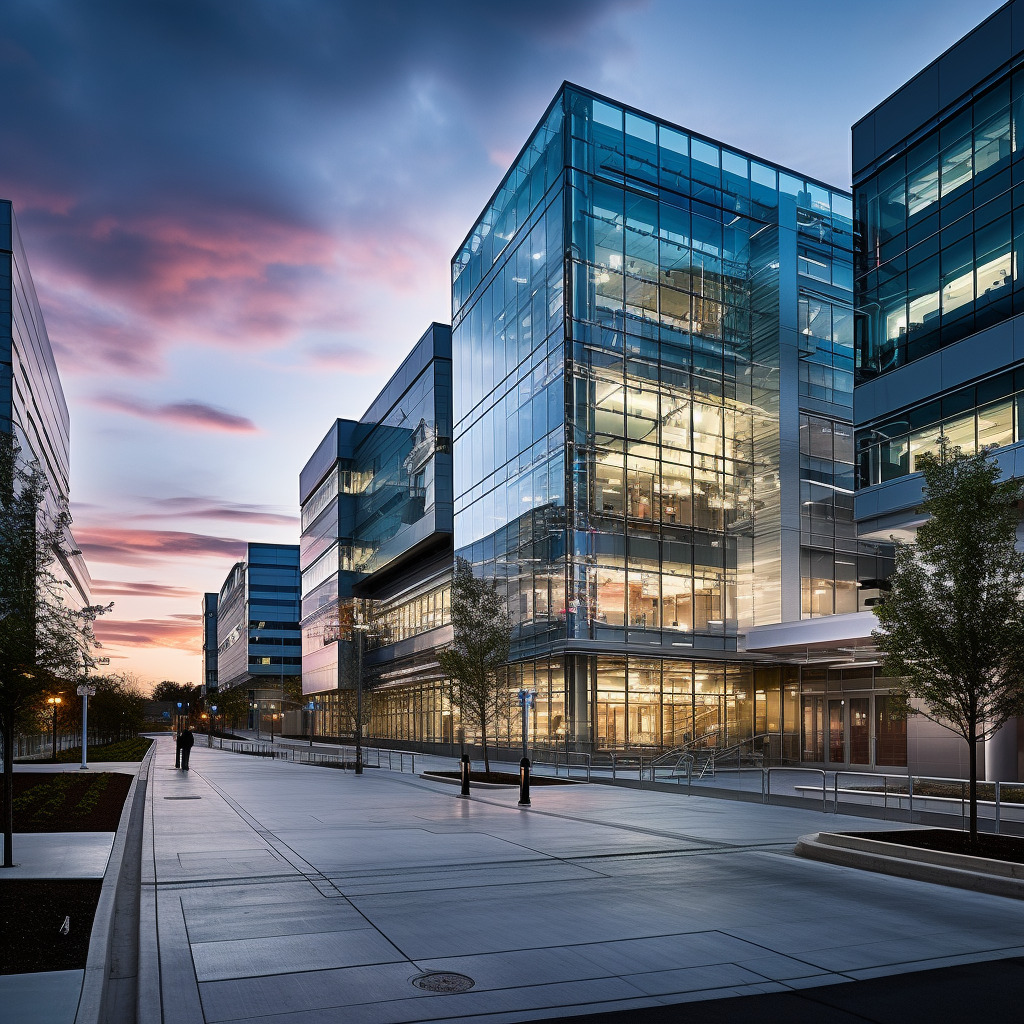Even prior to the pandemic, global data consumption was increasing exponentially. In late 2018, IDC released a report predicting the growth of the global datasphere from 33 zetabytes (ZB) in 2018 to 175ZB in 2025. One zetabyte is equal to a trillion gigabytes.
Unsurprisingly, data creation was one output that continued to increase during the pandemic. According to IDC’s Dave Reinsel: “Data creation across the globe defied the systemic downward pressure asserted by the COVID-19 pandemic on many industries, and its impact will be felt for several years. The amount of digital data created over the next five years will be greater than twice the amount of data created since the advent of digital storage.”
Whilst data creation continued to increase in 2020, spending on data centre infrastructure did not, with a 10.3% reduction preventing more than 60% of planned data centre construction according to research by Gartner. However, Gartner is confident that as global lockdowns ease, spending will increase throughout 2021 and beyond.
As spending increases and development plans come back online, like many sectors, data centre operators will be looking for new ways to respond to the demands of both the volume of data created and the changing needs of organisations that are also reacting to new circumstances. Below we look at some key trends impacting the industry in 2021 and beyond.
The Rise of the Private Cloud
Whilst many organisations pre-covid insisted on maintaining at least some of their data on in-house servers managed by an on-site IT team, the growth in data output alongside the realisation that on-site is not always essential for operations, is likely to see a rise in demand from private companies.
However, these companies that require their data to remain separate and secure are likely to require their own ‘private cloud’ on which their data is stored, which could allow datacentres to introduce new ‘enterprise-level’ services that could transform the cloud computing sector.
Scaling up for Hyperscale
With the increased demand for private clouds from organisations struggling to store their data on-site, plus those organisations discovering cloud computing for the first time, the requirement for ‘hyperscale’ data centres is likely to increase.
Other sectors that may be considering the need for large-scale data storage in the near future are the healthcare sector, to support hospitals and research facilities, and the supply chain and logistics sectors that saw an increased requirement for robust processes as a result of the pandemic.
Prioritising Green Technology
As data centres grow in response to customer need, their need for power will also grow. With continued focus on the climate crisis and the need for alternative energy sources, data centres will be embracing energy-saving hardware and investigating more environmentally friendly ways of cooling their servers, including relying on passive cooling, and even a focus on construction in locations with naturally cooler climates.
Introducing Automation
With the current requirements for physical distancing and the realisation that many ‘on-site’ jobs can be carried out remotely or automatically, it is likely that data centre operators will look to introduce more automation. This could include remote monitoring and updating/patching of servers, as well as the introduction of robotics for rack rollouts and swaps, and even on-site security.
With these demands and more, including the rollout of 5G and the continued expansion of the Internet of Things, it is clear that data centres are facing a time of unprecedented growth and agility in order to respond to the ever increasing datasphere.



















